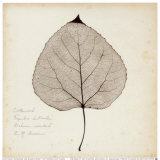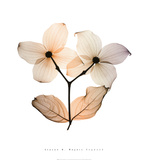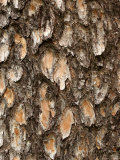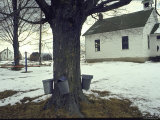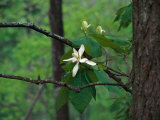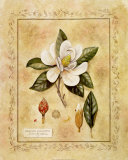|
|
|
|
|
|
Cottonwood
Cottonwoods, native to North America, Europe and western Asia, grow along river banks in the riparian zone (between land and water) thus providing soil conservation in flood prone areas. The wood, though course and strong (used for shipping crates and pallets) has the lowest BTU of any wood.
• Kansas, Nebraska, Wyoming
|
|
|
|
Dogwood
Dogwood species are mostly diciduous wood shrubs and trees in the family Cornaceae.
• Missouri, Virginia
|
|
|
|
Elm Tree
Elms (genus Ulmus, family Ulmaceae), which first appeared in the Miocene period, originated in central Asia and spread over most of the Northern Hemisphere during the intervening 40 million years.
Dutch elm disease, a fungal disease spread by the elm bark beetle and first identified in the Netherlands during the 1920s, has devastated the elm population by the 1970s in North America and Europe. Resistant elm cultivars are becoming available.
• Massachusetts, North Dakota
|
|
|
|
Oak Tree
Oaks, a symbol of endurance and strength, are native to the northern hemisphere and range from cold latitudes to the tropics in both Asia and the Americas.
The word “oak” is part of the common name of about 400 species of trees and shrubs in the genus Quercus (from Latin “oak tree”). The flowers of oaks are called catkins, the fruit of oaks are acorns. Reference to oaks is found in mythology, the Bible, political symbols and military rank (oak leaf cluster).
• Connecticut, District of Columbia, Georgia, Illinois, Iowa, Maryland, New Jersey
|
|
|
|
Pines
There are between 105 and 125 species of pines, coniferous trees in the genus Pinus, in the family Pinaceae.
• Alabama, Arkansas, Idaho, Maine, Michigan, Minnesota, Montana, Nevada, New Mexico, North Carolina
|
|
|
|
Sugar Maple
New York, Vermont, West Virginia, Wisconsin
The Sugar Maple is one of the most important and beautiful trees. Along with the Black Maple, it is the major source of sap for making maple syrup, and its wood is desired in furniture and flooring. While the Sugar Maple is easy to transplant, and fairly fast growing, it doesn't like its roots compacted and is not tolerant of pollution.
• food posters
|
|
|
|
Tulip Poplar, Liriodendron, has been refered to as “canoewood” because it was used by Native Americans in eastern North America to build dugout canoes.
The tulip tree's habit of growing tall and often having no limbs until it reaches 80–100 feet in height make it a valuable timber tree. Tulip trees generally produce large quantities of nectar in their flowers, making it a major honey plant in the eastern United States.
• Indiana, Kentucky, Tennessee
|
|
|
|
Magnolia Grandiflora
Magnolia grandiflora, native to the southeastern US, is part of the family Magnoliaceae that has fossil evidence going back 95 million years. The magnolia, a large ornamental tree, has evergreen leaves and citronella scented white flowers.
• Mississippi
|
|
|
|
|
|
|
|
previous page | top | trees | rainforest | trees in art
|
|
I have searched the web for visual, text, and manipulative curriculum support materials - teaching posters, art prints, maps, charts, calendars, books and educational toys featuring famous people, places and events - to help teachers optimize their valuable time and budget.
Browsing the subject areas at NetPosterWorks.com is a learning experience where educators can plan context rich environments while comparing prices, special discounts, framing options and shipping from educational resources.
Thank you for starting your search for inspirational, motivational, and educational posters and learning materials at NetPosterWorks.com. If you need help please contact us.
|
|
|






